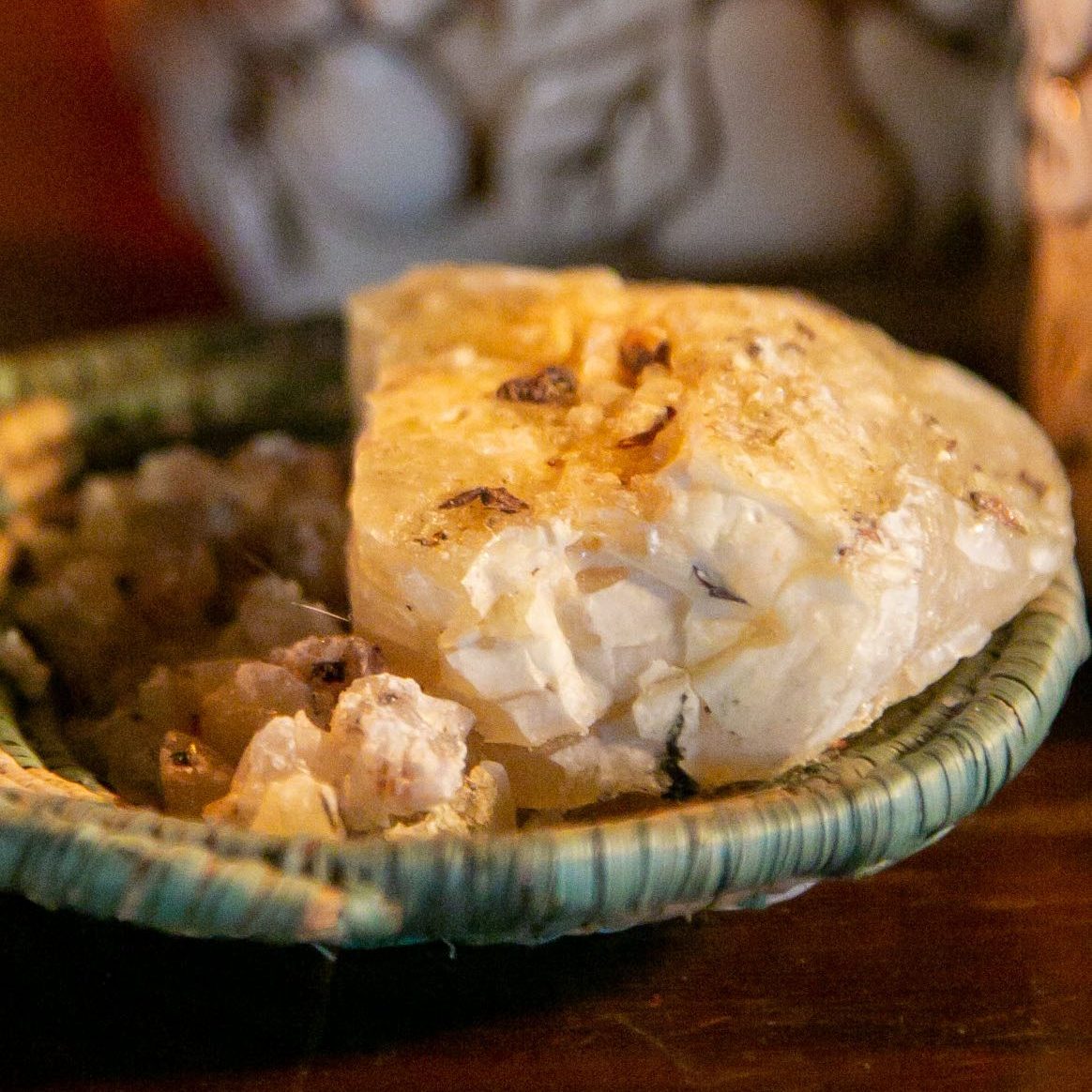Beauty in local Dia de los Muertos ofrendas
By Peyton Leone & Abraham Navarro
Dishes of maize, cempazúchitl flowers and candles decorate an ofrenda with photos of over 20 remembered friends and family. A resin called Copal burns in a traditional resin burner called a popoxcomitl and the fragrant smoke floats in the air. This altar and others like it are used to venerate one’s ancestors in the mesoamerican practice of Día de los Muertos.
Nana Xochi Quetzalli learned the Maxtla tradition from her Guatemalan maestras and was taught mesoamerican ceremonies and traditions. She keeps an ofrenda set up year round for daily prayer and veneration with her family. Quetzalli believes the main power that ancestors have is to protect and guide the living. She was taught by her maestras that calling to one’s ancestors is a practice for everyone.

“Everyone has an ancestor and everyone is here to venerate and celebrate them,” Quetzalli said. “But if you’re not from this culture you have to do it with respect, you should really study and learn how to do it.”
Quetzalli and her friend, Maria Mariposa, saw a need for more traditional Día de los Muertos events in Humboldt County. They started a yearly Día de los Muertos ceremony called “Festival of Altars,” the event happens on Nov 2. at the Eureka Gazebo and invites the community to take part in a traditional Día de Muertos experience.
Mariposa said that displaying her Día de los Muertos altar allows her to keep her six year old son connected to the family that she left in Costa Rica when she moved to the states.
“Every year he talks about them,” Mariposa said. “I tell him their stories and he knows them.”
Jordan Pangelinan, a journalism major and Spanish minor, set up her altar in her dorm room in college creek apartments. She arranged pan dulce cempazúchitl and printed photos of her family under a window that overlooks the soccer field at CPH.
Pangelinan learned the practice of setting up an altar in high school and through her community in Perris, California. Her family did not practice Día de los Muertos, but celebrating Día de los Muertos helps her connect with her heritage. Her altar is a place to invite her deceased loved ones to spend time together.

“It brings me closer just to my culture since I never got to indulge in that as a child,” Pangelinan said.
A family member of Pangelinan’s that was displayed on the ofrenda was her cousin, Emma Pangelinan, who committed suicide in 2018. She had signed to play softball at UCLA before she died. “It really had an impact on me so I advocate for athletes and mental health and getting therapy,” Pangelinan said.
Julian Pelayo Bracamontes, a double major in kinesiology and Spanish, has his altar set up on a table between his dog’s kennel in his bedroom. It features food and drinks that his family enjoyed and items that remind him of family that have passed away. Bracamontes said his altar reminds him that death is close to life and that remembering the dead can be a positive experience.
“When we honor our dead- our family, we don’t really mourn them,” Bracamontes said. “We celebrate them.”








